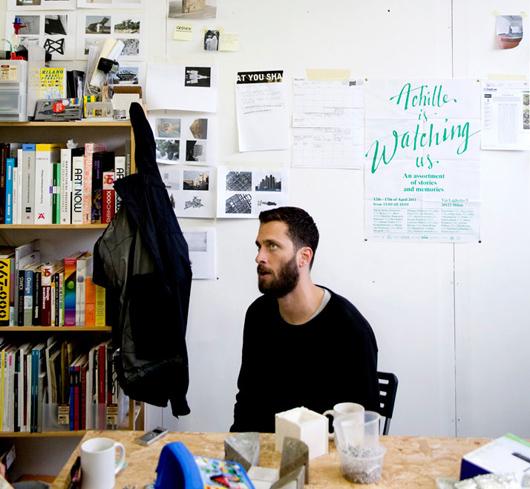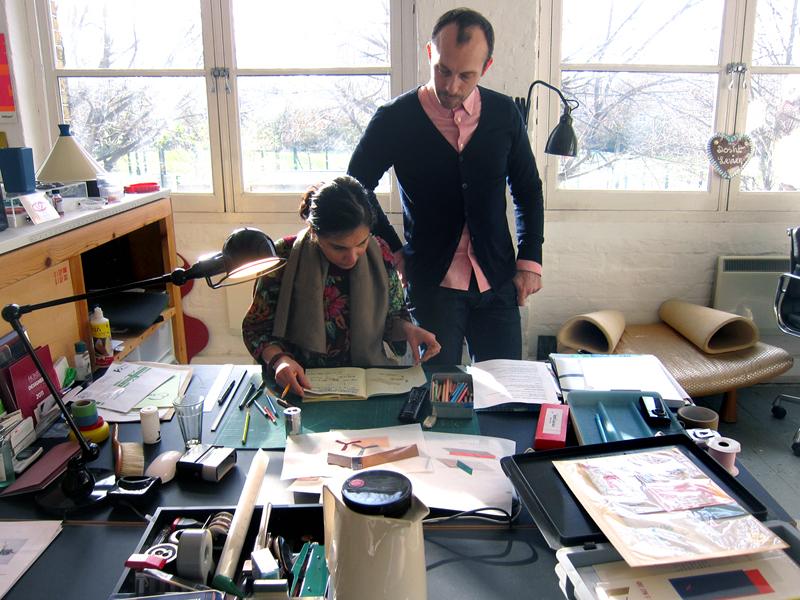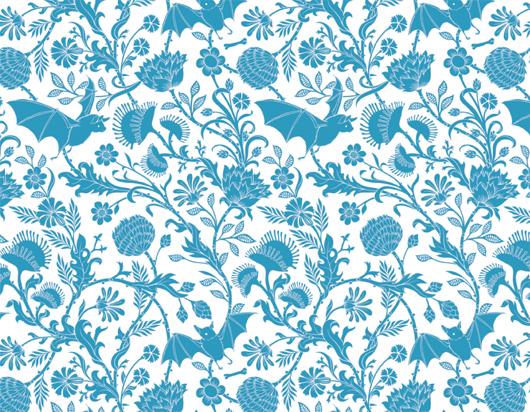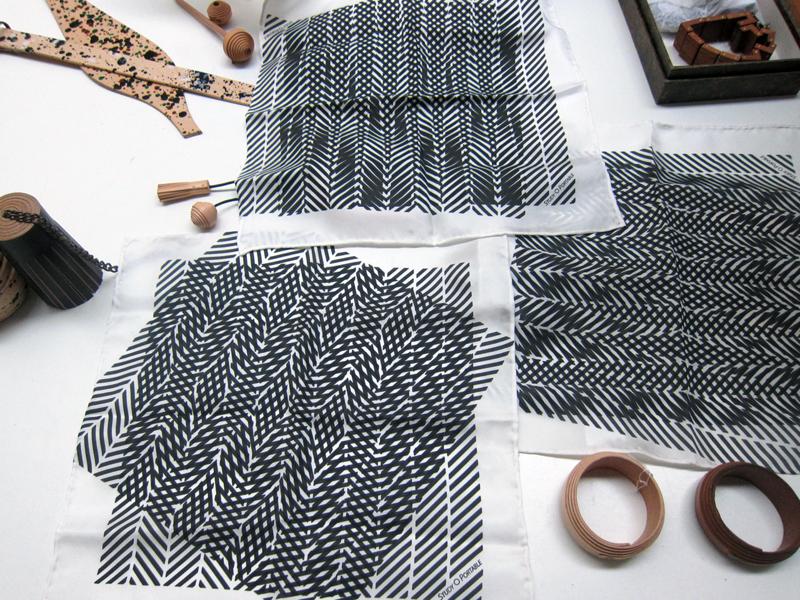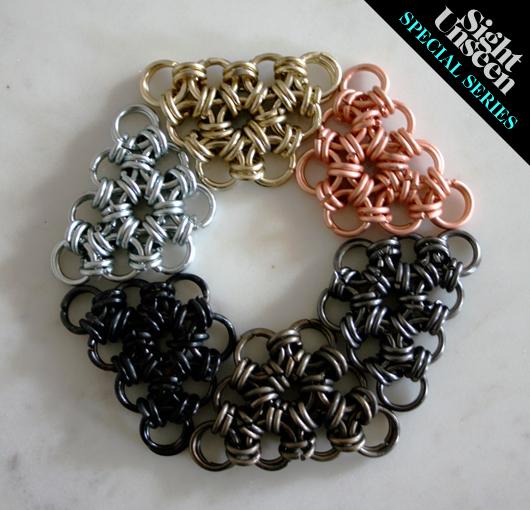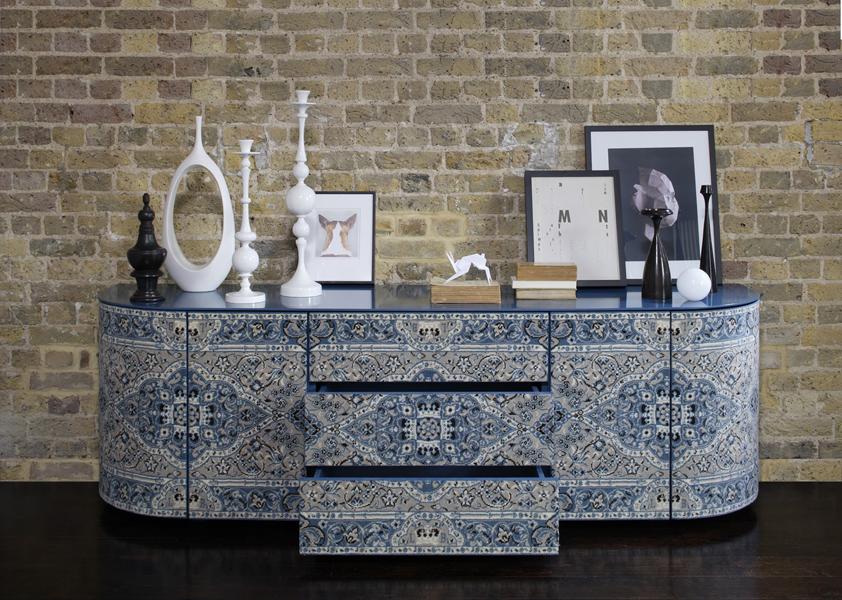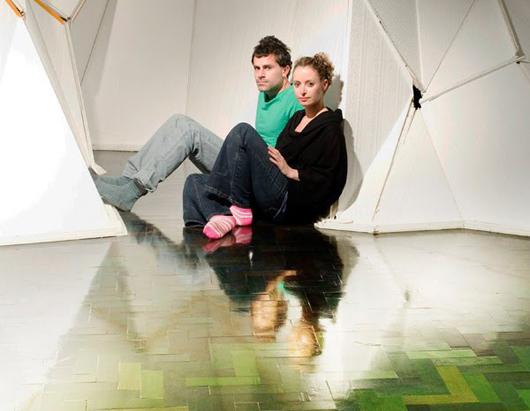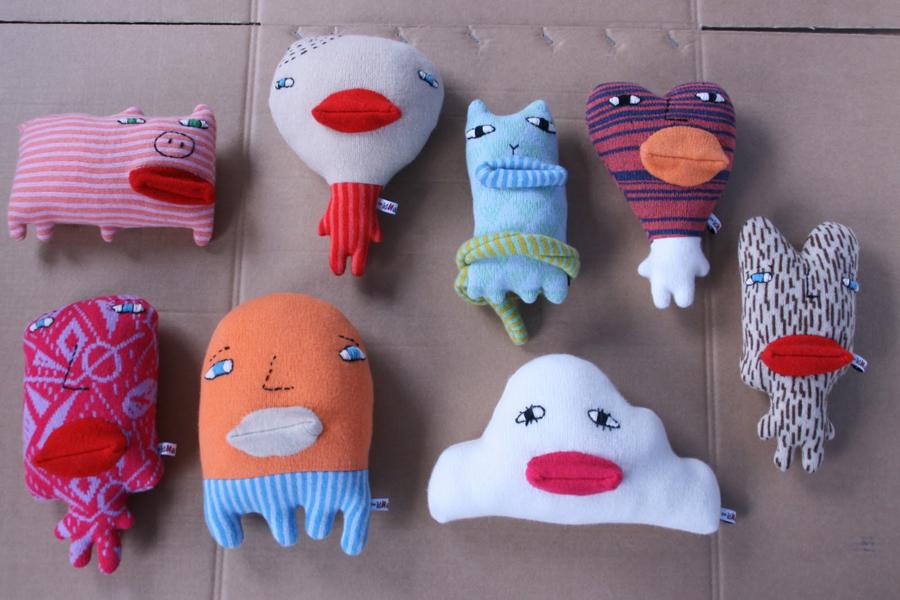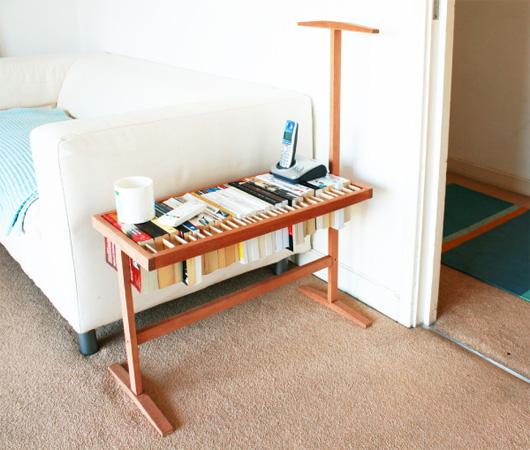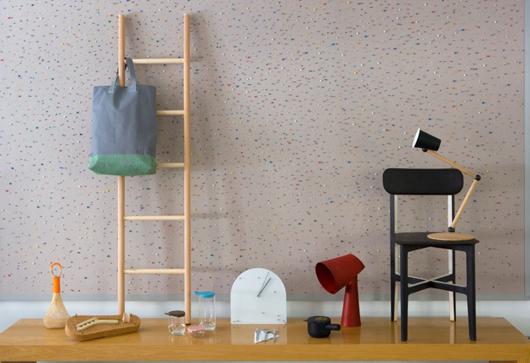
07.18.11
Up and Coming
The RCA’s Platform 14 Graduate Projects
There’s a funny ritual that goes on at the start of each year in the Design Products program at London’s Royal College of Art. The masters program is split into five separate units, or “platforms,” and the professors helming each — which at last count included Sebastian Wrong, Doshi Levien, and curator Daniel Charny — are charged with convincing new students to turn away from the others to join their course. Mostly they rely on written manifestos describing the aims and ideals of their particular curriculum, like enacting social change or loosening the boundaries of the discipline, but there are also more nuanced incentives, like we will hire Jasper Morrison’s photographer to take extremely clever shots of your final projects, a move recently employed by Platform 14 leaders André Klauser and Ben Wilson. Granted, when they called in camerasmith Nicola Tree to shoot the images you see here — which are a Sight Unseen exclusive — it was meant more to teach their six graduating students that documenting work is a key part of the design process, especially in a course aimed at fostering entrepreneurship.
